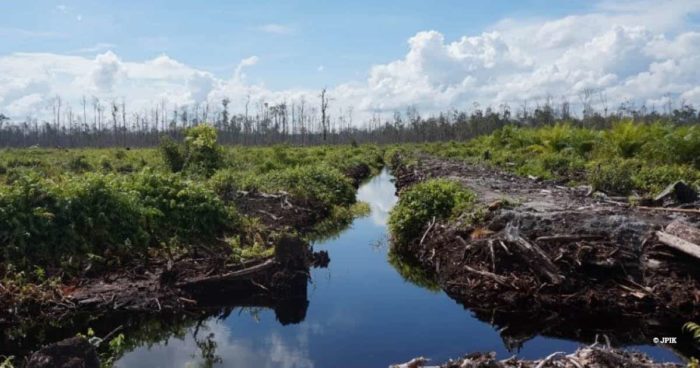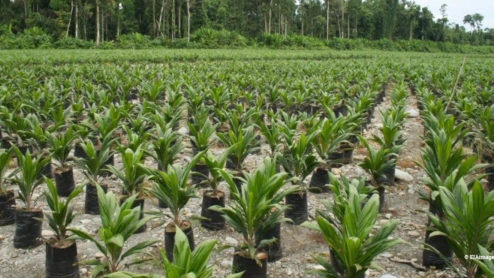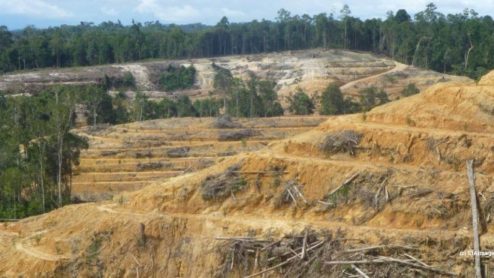Indonesia’s moratorium on clearing forests and peatlands now permanent – but excludes vast areas
Indonesian President Joko Widodo has made permanent the country’s moratorium on clearing primary forests and peatlands.
While, in principle, we welcome last week’s announcement, the forest moratorium has been plagued by violations and a shrinking area in the past.
The ‘forest moratorium’ – forest protection in name only?
Since its creation in 2011, the map of the forest moratorium area has undergone 15 revisions, with the result that millions of hectares of primary forest have been removed from protection; these removals include areas in Sebangau National Park, which has one of the world’s largest remaining populations of critically endangered orangutans.
In addition, not all primary forests or peatlands in Indonesia are within the set moratorium area, including eight million hectares (ha) of primary forest (18 per cent of the country’s total) and 10 million ha of peatland (67 per cent of the total).
Areas that already had in-principle permits in 2011, such as for palm oil, were excluded from the moratorium area even if they were in primary forests – a considerable loophole.
In Papua province alone, 6.5 million ha of primary forest are left outside the moratorium’s protection, including areas of primary forest remaining in many palm oil concessions, such as 160,000 ha our Forests campaigners have reported as being cleared.
These excluded areas should be urgently reviewed by the Government via its separate palm oil moratorium and brought under formal protection.
To make the moratorium work, the Government must ensure the area it protects is not reduced in size; preferably, it should be increased. It must also make provision to ensure there are legal consequences for those violating it.
In short, the permanent forest moratorium, which currently has only the status of a presidential instruction, must be enshrined in law to guarantee enforcement.
The ‘palm oil moratorium’ – progress on implementation is lacking
Indonesia’s other moratorium, signed in September 2018, is the ‘palm oil moratorium’ which prohibits new palm oil permits from being granted for land within the ‘forest estate’ (kawasan hutan), as well as reviewing existing palm oil permits.
The Indonesian Government is supposed to issue a report on the palm oil moratorium’s implementation every six months but has yet to do so. Indonesian civil society organisations, including our partner Kaoem Telapak, have instead issued their own shadow report.
This report finds that three months after the moratorium began, an area within the forest estate was released for palm oil cultivation in clear violation of the moratorium, but to date no corrective action has been taken.
It is also unclear how palm oil issues will be resolved through the moratorium, such as the 54 per cent of Tesso Nilo National Park which has been destroyed to make way for oil palm plantations.
So far, a paltry six out of 25 provinces and eight out of 247 regencies and cities have responded to the palm oil moratorium. In light of this, civil society groups have recommended that the Government issues specific guidelines as to how the moratorium should implemented and also to allocate a special budget to pay for this.
The Government must also be far more open in terms of providing data, information and updates which can be accessed by all.
Siobhan Pearce, Forest Campaigner, said: “While Indonesia’s two moratoriums are certainly significant steps in the right direction, we urge the Government to do much more to prove its sincerity and commitment to both.
“Bringing all primary forests and peatlands under formal protection would be a meaningful place to start, one that goes beyond window-dressing and shows the Government means business.”





